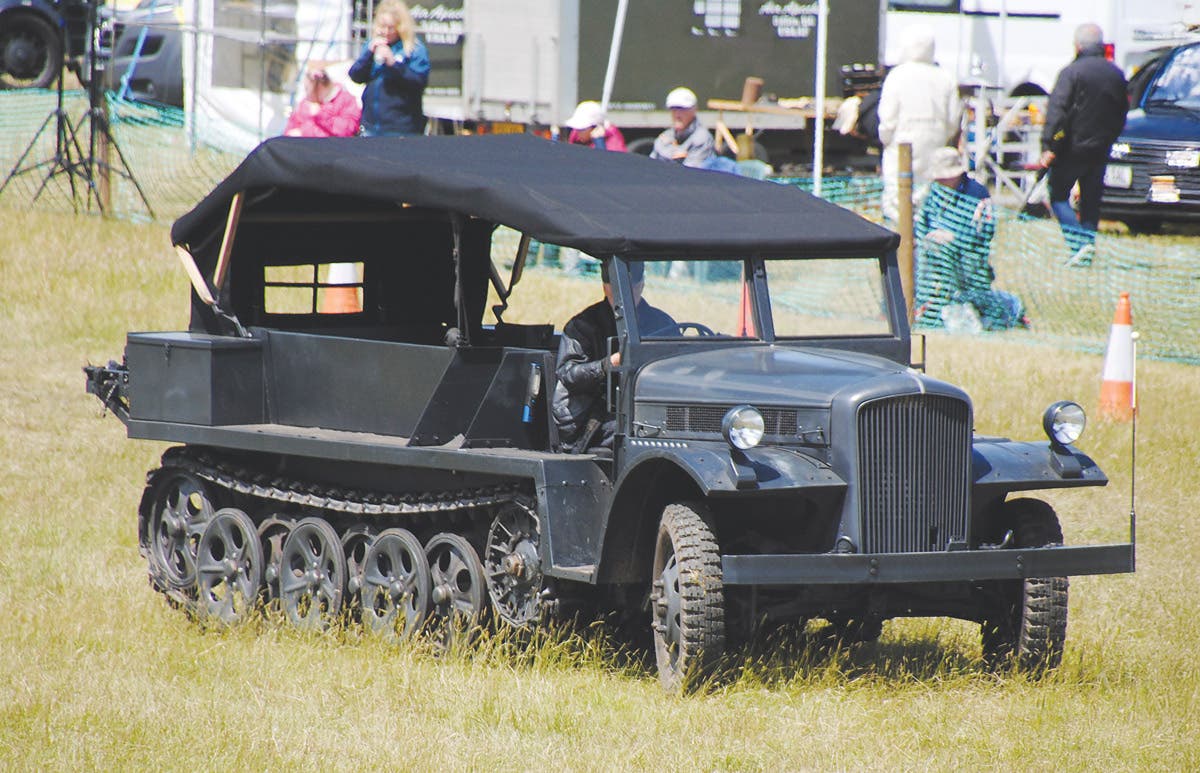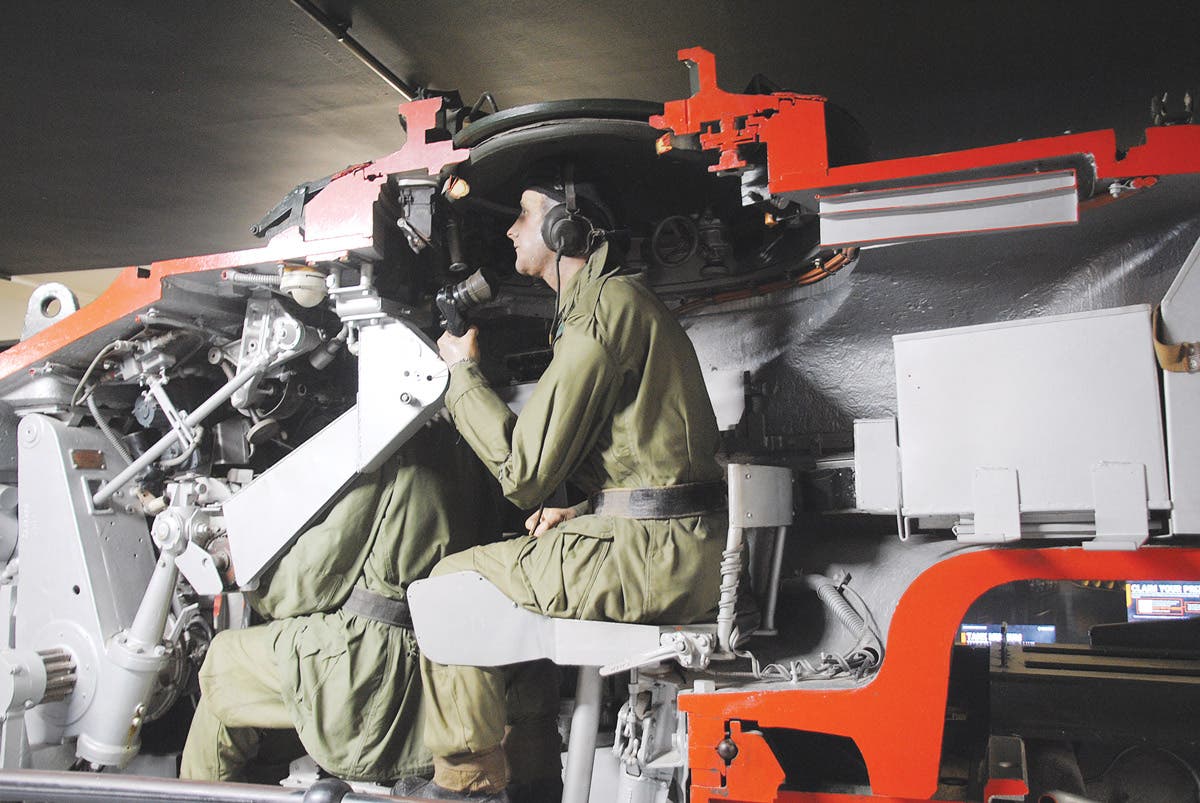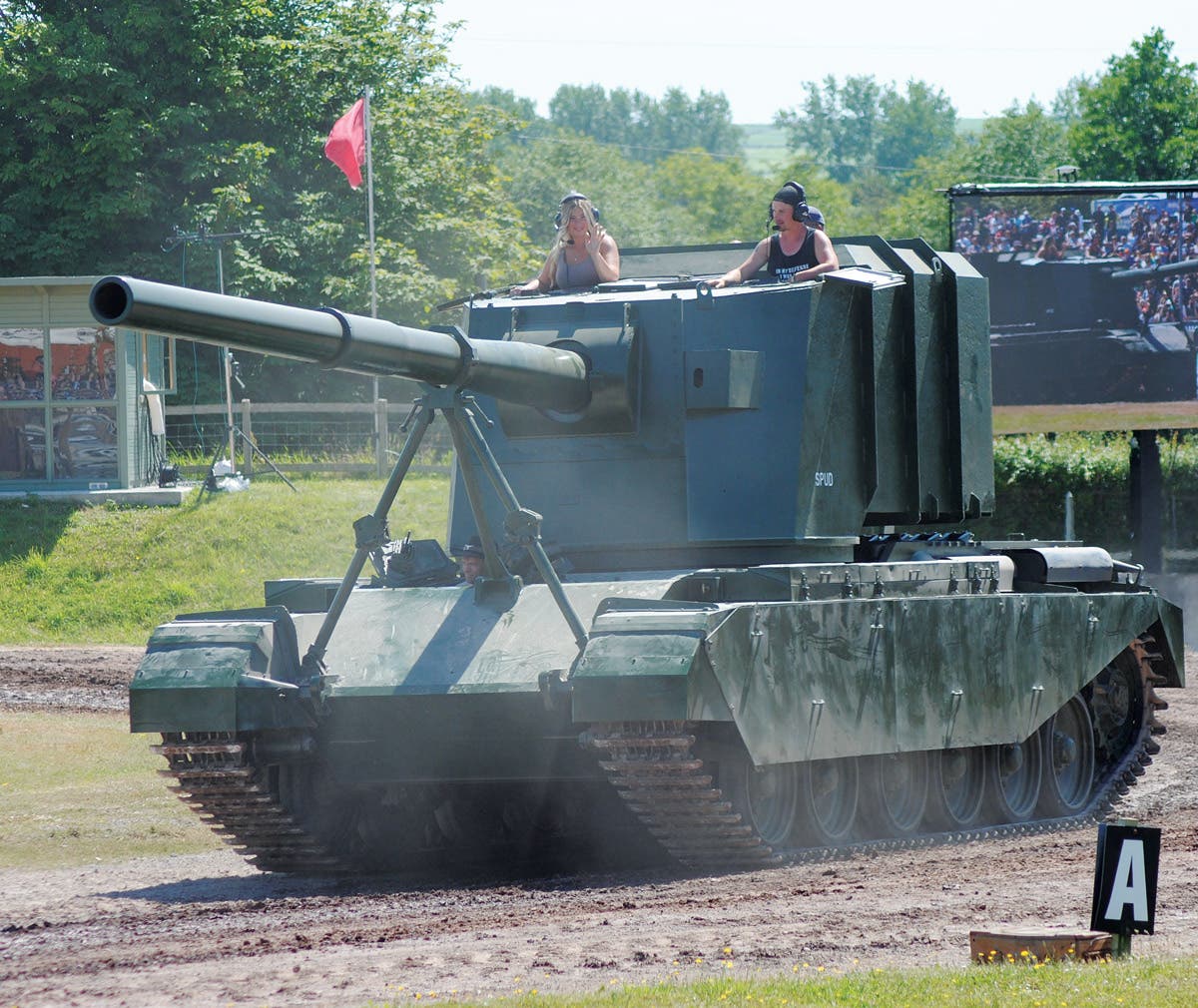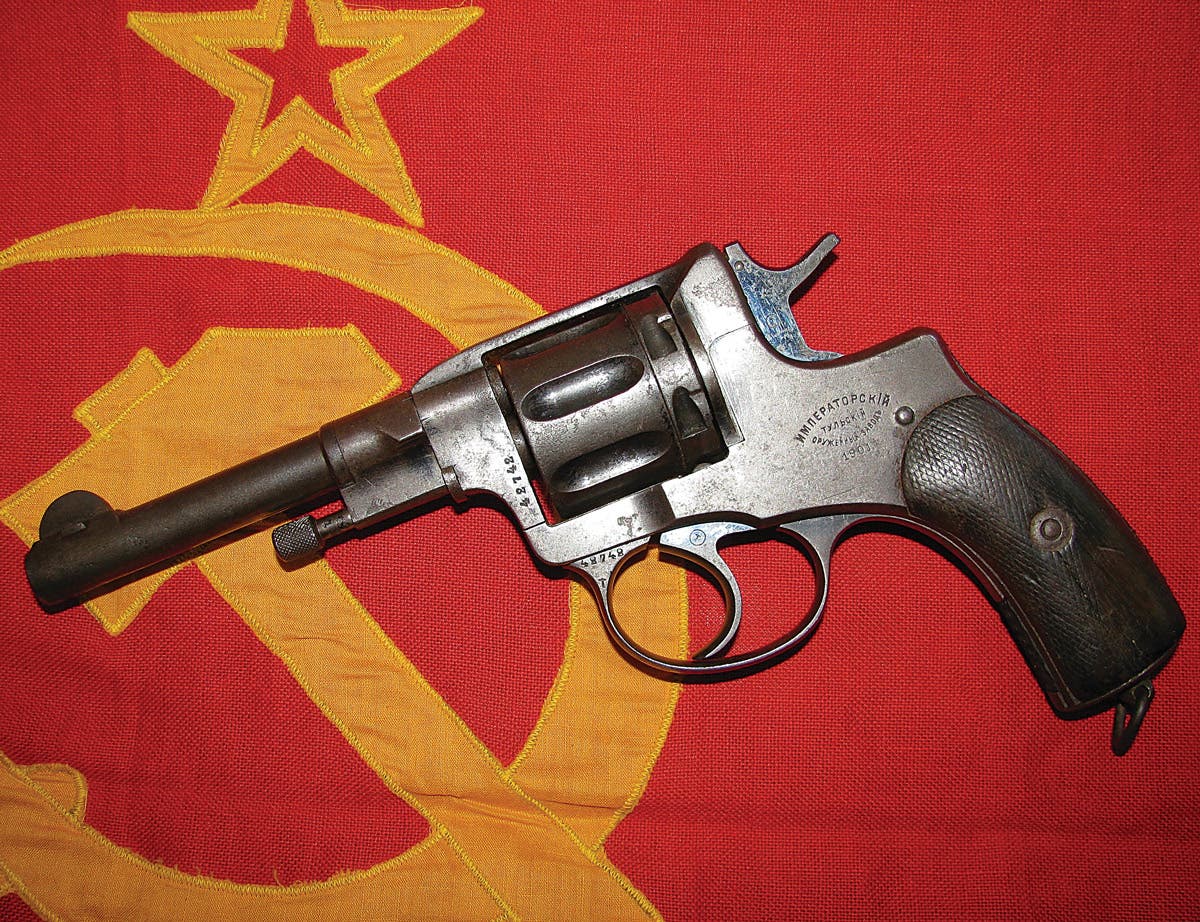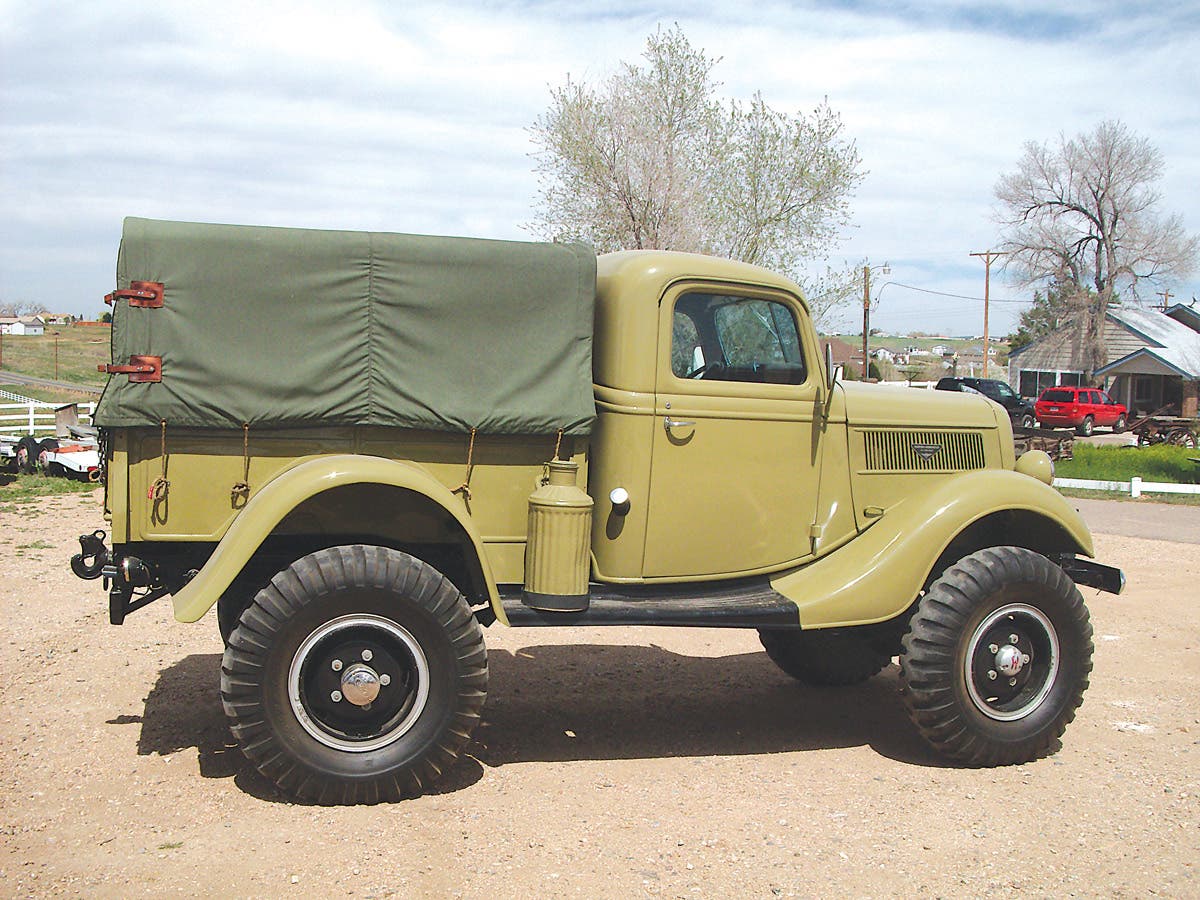A heavy truck for heavy business: The AEC Matador
The AEC Matador was a heavy 4×4 truck and medium artillery tractor built by the Associated Equipment Company for British and Commonwealth forces during WWII. The flat-fronted cab with gently curved roof, wheels at the corners and a flat load carrying area covered by a canvas or tarpaulin tilt made the Matador both distinctive and rugged.
When Britain declared war against Germany on September 3, 1939, one of the companies to be prepared for the event was the Southall-based firm of Associated Equipment Company, otherwise known by the initials AEC. Since 1936, when Britain began its re-armament program, AEC had been producing a range of wheeled vehicles for the British army. One of these was the “AEC Forward Model 0853.” More commonly referred to as the “Matador,” the heavy lorry entered service in 1938. By 1945, AEC produced more than 9,000 Matadors from its London factory.
Measuring over 20 feet in length and 7 feet and 10 inches wide, it was hard not to notice this heavyweight truck. In 1936, the Matador design represented a new direction for AEC. It was the company’s first 4X4 vehicle design to be produced in significant numbers for the British army.
A ROBUST VEHICLE IN SERVICE
From the beginning, the design was intended to be used as the Medium Artillery Tractor, to tow field guns such as the six- ton 5.5-inch or the lighter 4.5-inch gun. The rear cargo area, covered by a canvas tarpaulin on a frame that took the height up to 10 feet, 2 inches, was laid out to allow a gun crew of up to ten men to be transported along with their kit and a supply of ammunition.
By 1945, these robust vehicles had provided service in North Africa, Italy and North-West Europe. The Royal Air Force used around 400 Matadors, some of which had been configured to special use. A few served with the Royal Navy, as well.
The standard Matador was powered by an A187 six-cylinder AEC 7.6 litre diesel engine rated to 95hp, allowing the seven-ton vehicle to reach speeds of up to 36mph on roads. While not particularly fast, it was enough for the vehicle that weighed 10.8 tons when fully loaded or when towing artillery.
The capacity of the fuel tank was around 40 gallons and with fuel consumption at around 9 miles per gallon, the vehicle had an operational a range of 360 miles.
The vehicle was fitted with a winch rated to a seven-ton capacity, with 250 feet of steel cable, which could be used to recover vehicles or for self-recovery in an emergency.
Matadors were first used operationally in France and Norway in 1940. When these ill-fated campaigns collapsed, resulting in the evacuation of British forces, the vehicles were abandoned and fell into German hands. The Germans capitalized on them, repairing the vehicles and pressing them into use. The examples of Matadors captured in Norway had been fitted with less-powerful 7.41-liter petrol engines of 92hp, rather than the standard diesel engines, to prepare them in time for the operation.
There were two designs of driver’s cab, each of which had a flat-faced front and a slightly arched roof known as a “tilt.” The early versions of the Matador had a cab with a solid roof. Later versions had a circular opening in the roof over the passenger’s seat on the left-hand side. This allowed a light machine gun to be used for self-defence. Canvas covered it when not in use.
The rear body of the standard version was of wooden construction into which was built a doorway on either side for use by the gun crew. The floor was fitted with rollers which allowed the ammunition to be moved quickly and easily. The General Load Carrier version, used for transporting supplies, had an all-steel body fitted with drop sides to facilitate loading and unloading.
The RAF used a flat-bed-type that could carry heavy equipment such as field workshops or generators to provide power for emergency control towers in the field. The Matador was also capable of handling the RAF’s 20-ton 16-wheel “Multiwheel” trailer.
THE DEACON
As well as being used to tow artillery, some Matadors were specially converted to carry anti-tank guns mounted onboard. One of these designs was the “AEC Mk I Gun Carrier,” but better known as the “Deacon,” This was different from the more usual portée-mounted method of carrying an anti-tank gun, where the whole gun, including its wheeled carriage, was mounted on the rear of the truck.
The Deacon carried a 6-Pounder anti-tank gun, with 24 rounds of ammunition, mounted on a turntable fitted to rear of the Matador, to permit a full 360-degree traverse. It was fitted with a large gun shield to provide protection for the four-man crew. To camouflage the Deacon a special canvas screen on a framework could be erected over the vehicle to disguise it as a standard truck.
Around 175 of these conversions were built and used exclusively for the campaign in North Africa between 1942 and 1943. An armored cab was built for the driver using 20mm thick plating which extended down to cover the engine compartment. The conversion work increased the weight to around twelve tons, which reduced the speed of the 95hp engine to 19mph and the operational range down to 175 miles. Deacons took part in several engagements, including El Hamma, where vehicles operated by the 76th Anti-tank Regiment of the Royal Artillery were used successfully against Panzer III tanks. A version to mount a 25-Pounder field gun in a similar fashion was not successful and the project was abandoned.
OTHER VERSIONS
Another experiment to develop a half-track version, which involved keeping the front wheels and replacing the rear wheels with caterpillar tracks, does not appear to have progressed much beyond the concept stage.
On the other hand, AEC built 416 Armoured Command Vehicles of the Matador. Known as the “Dorchester,” these were fitted with armor protection up to 12mm maximum thickness which increased the weight up to twelve tones fully equipped. Only the driver’s cab had windows and access was through either a side door or rear doors. A crew of four officers and two signallers operated the radios and communications carried onboard.
During WWII, the Germans captured three Dorchesters in North Africa, two of which they nicknamed “Max” and “Moritz.” Erwin Rommel and his general staff used the duo during the entire campaign in North Africa.
An example of the Dorchester is on display at the museum of the Royal Corps of Signals at Blandford in Dorset, England. The vehicle was used by the 8th Army Tactical Headquarters during the Battle of El Alamein in October 1942.
It was driven by the late Corporal Victor Berry until the end of the war in 1945, by which time he had driven it across North Africa, Sicily, Italy and into Austria, covering over 11,000 miles. During that time, Corporal Berry reported the vehicle only broke down once. After the war the Matador was gradually phased out of service from the early 1950s, being sold to countries such as Denmark, and there are reports that the last vehicle was ‘retired’ in the 1970s.
SERVING AS A RECOVERY VEHICLE
The ability of the Matador as a recovery vehicle became legendary during the war, especially as word got around of two incidents. The first involved a Matador “tow-starting” a Sherman tank while stuck on a steep incline.
The second incident occurred at Bulli Pass in Australia, where a Matador carrying a Jeep and towing a three-ton truck it had recovered came across a 6X6 truck that had broken down while it was trying to recovery a similar-sized vehicle. Realizing they were miles from anywhere, the crew of the Matador, hitched the two trucks behind their vehicle and towed the whole lot some fifty miles to Sydney.
EXTANT MATADORS
Today, eighty years after it was introduced into service, there are still many Matador trucks still going strong, thanks to the dedication of their owners who are rightly proud of their vehicles. One said of his vehicle that owning a Matador is a “…true labour of love.”
Matadors do come up for sale with prices starting at around £4,000 GBP (~US$5,536) for a full restoration project. A Matador in “reasonable” condition will cost between £8,000 and £10,000 (~US$11,000 to 13,840). The price for a fully restored version is only set at what someone is prepared to pay.
*As an Amazon Associate, Military Trader / Military Vehicles earns from qualifying purchases.




